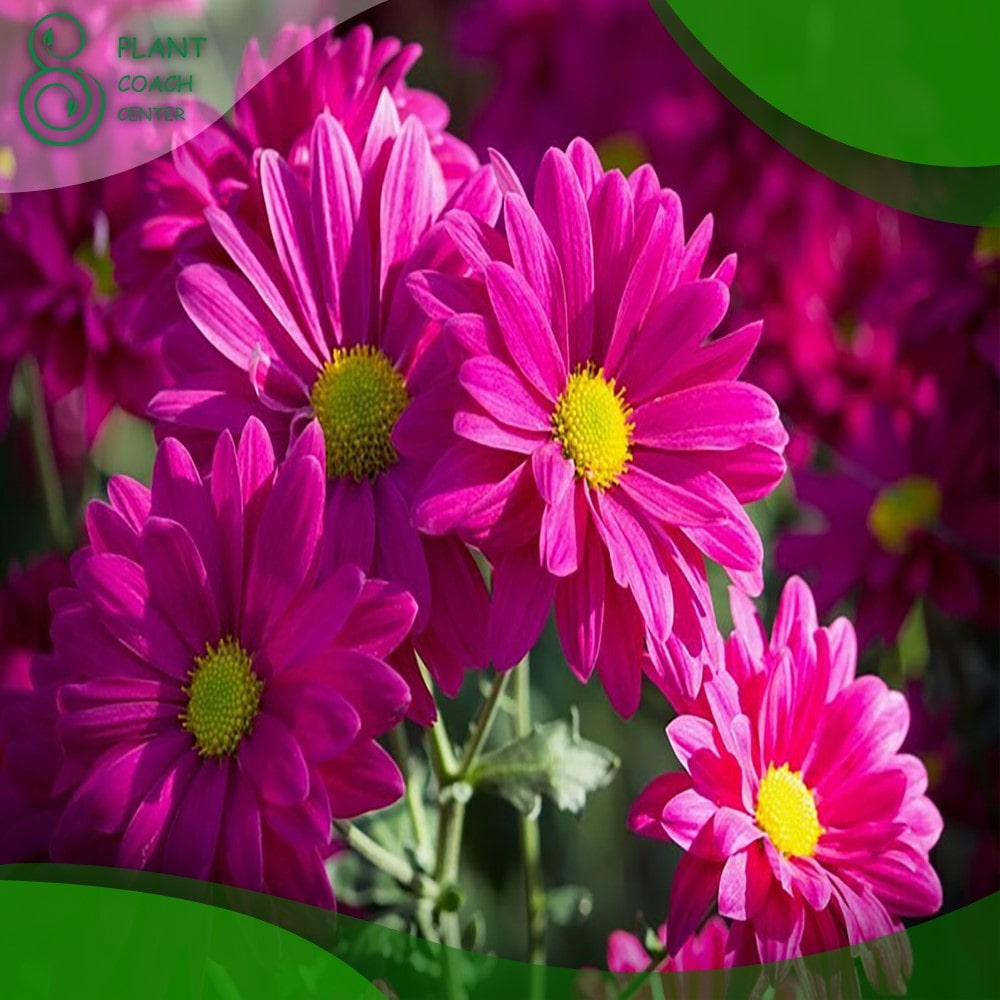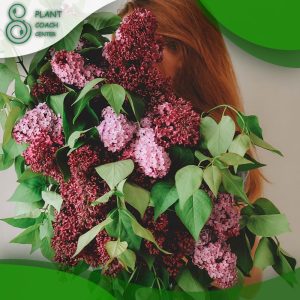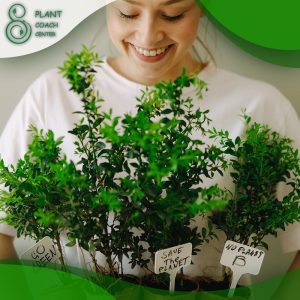When Can I Plant Flowers
Planting flowers can be a rewarding hobby, but timing is crucial for successful growth and bloom. In this article, we will discuss when to plant flowers and the various factors to consider for optimal growth.
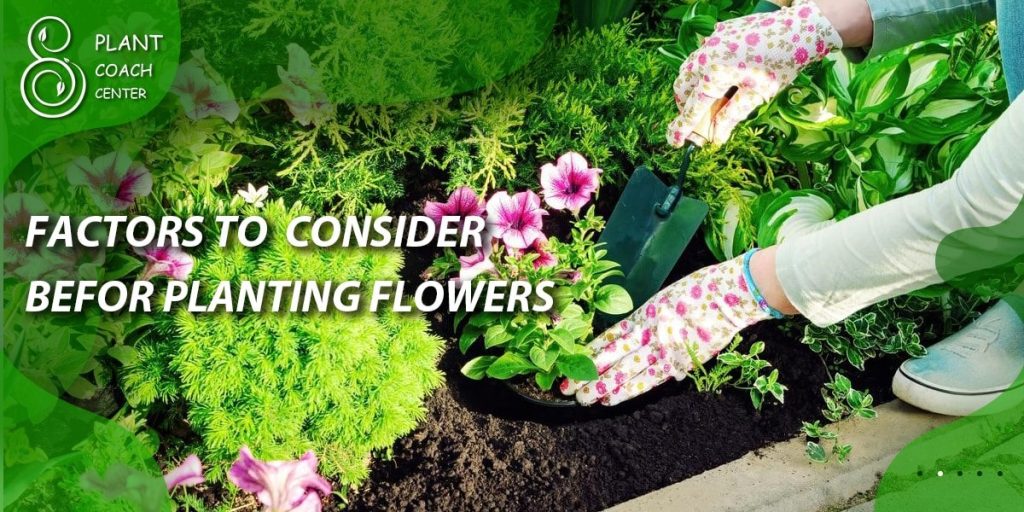
Understanding Flower Plants
Before we delve into planting flowers, it’s important to understand the basics of flower plants. Overview of flower plants: Flowering plants are part of the Angiosperms group and produce flowers for reproduction. They come in a variety of shapes, colors, and sizes.
Types of flower plants: There are annual, biennial, and perennial flower plants. Annuals complete their life cycle in one growing season, while biennials require two growing seasons to complete their life cycle. Perennials grow for multiple years and are often the backbone of a garden.
Growing conditions for flowers: Flowers require specific growing conditions, including soil type, water, nutrients, and sunlight. Importance of timing in planting flowers: Planting flowers at the appropriate time is crucial for successful growth and bloom.
Factors to Consider Before Planting Flowers
There are several factors to consider before planting flowers to ensure optimal growth and bloom. Climate and weather patterns: Different flower species have different temperature and climate requirements. It’s important to research the specific needs of the flowers you want to plant and choose the appropriate time to plant based on your local climate and weather patterns.
Soil structure and composition: Flowers require well-draining soil with the right balance of nutrients. Soil pH is also important, as different flowers have different pH preferences.
Sunlight requirements: Flowers need varying amounts of sunlight, from full sun to partial shade. Choosing the right location for planting is important for the success of your flowers.
Watering needs: Flowers require consistent moisture, but overwatering can harm them. It’s important to monitor soil moisture and adjust watering as needed.
Pests and diseases: Different flowers are susceptible to different pests and diseases. It’s important to research the specific issues that may affect your flowers and take preventative measures.
When to Plant Flowers: A Comprehensive Guide
The timing of planting flowers varies depending on several factors, including your climate, the type of flower, and the desired bloom time. Here are some general guidelines for when to plant flowers:
Early spring planting: In areas with mild winters, you can plant flowers in early spring, around 2-4 weeks before the last frost date. However, make sure the soil has warmed up to at least 50°F (10°C) before planting.
Late spring planting: In cooler areas, wait until after the last frost date to plant flowers. This is usually around late May to early June.
Early summer planting: If you missed the spring planting window, you can still plant flowers in early summer, around mid-June to early July. Late summer planting: In areas with a longer growing season, you can plant flowers in late summer, around mid-July to early August.
Fall planting: In areas with mild winters, you can plant flowers in the fall, around 6-8 weeks before the first frost date. It’s important to note that these planting times are general guidelines and may vary depending on your specific location and climate.
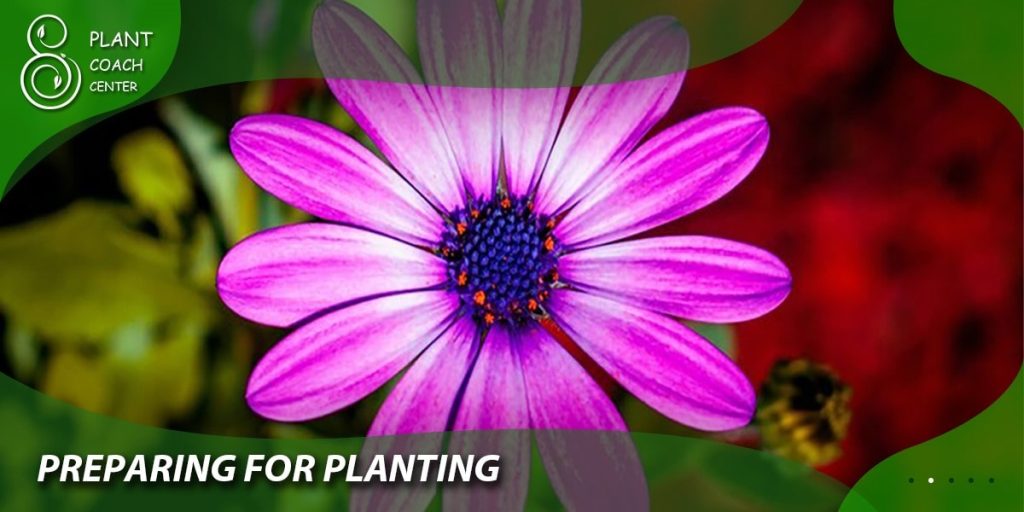
Preparing for Planting
Once you’ve determined the appropriate planting time for your flowers, it’s time to prepare your soil and seeds. Soil preparation: Before planting, amend your soil with compost or other organic matter to improve fertility and drainage.
Fertilization and composting: Flowers require nutrients for optimal growth and bloom. Consider using organic fertilizers and compost to provide your flowers with the necessary nutrients.
Seed selection and preparation: Choose flower varieties that are suitable for your climate and soil conditions. Follow the instructions on the seed packet for planting depth and spacing.
Transplanting and spacing: If you’re transplanting flower seedlings, wait until they have at least two true leaves before planting them in the ground. Flowers should be spaced according to their specific requirements for optimal growth and bloom.
Mulching and weed control: Mulching can help retain soil moisture and suppress weeds, which can compete with your flowers for nutrients and water.
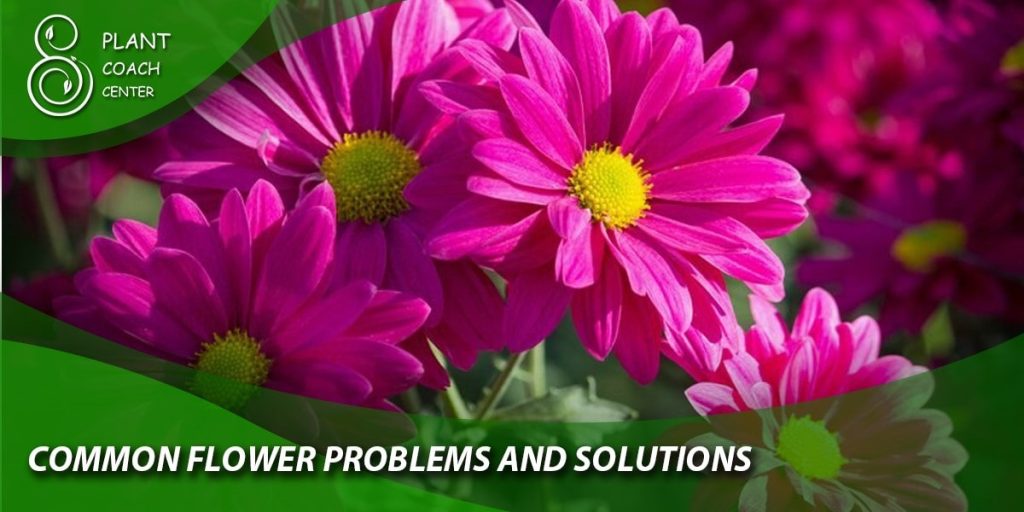
Common Flower Problems and Solutions
Despite your best efforts, flowers can still experience issues like pests, diseases, and environmental stressors. Here are some common problems and solutions:
Pests and diseases: Common flower pests include aphids, spider mites, and whiteflies. Fungal diseases like powdery mildew and botrytis can also affect flowers. Consider using insecticidal soaps or neem oil for pests, and fungicides for fungal diseases. Crop rotation and proper sanitation practices can also help prevent these issues from occurring in the first place.
Environmental stressors: Flowers can be affected by environmental stressors like heat, drought, and too much or too little water. Provide consistent moisture and shade for the plants during hot weather, and avoid over or under watering.
Maximizing Flower Bloom and Health
To get the most out of your flowers, it’s important to provide them with proper maintenance and care. Maintenance and care: Regularly inspect your flowers for pests, diseases, and other issues. Deadhead spent blooms to encourage new growth and bloom. Water and fertilize as needed.
Deadheading and pruning: Deadheading is the process of removing spent blooms to encourage new growth and bloom. Pruning can also help shape and control the size of your flowers.
Harvesting and storage: Some flower varieties can be harvested for use in flower arrangements or dried for use in crafts. Follow specific instructions for harvesting and storage for each flower variety.
Tips for maximizing bloom and health: Consider using companion planting to help deter pests and promote growth. Choosing the right flower varieties for your soil and climate can also help maximize bloom and health.
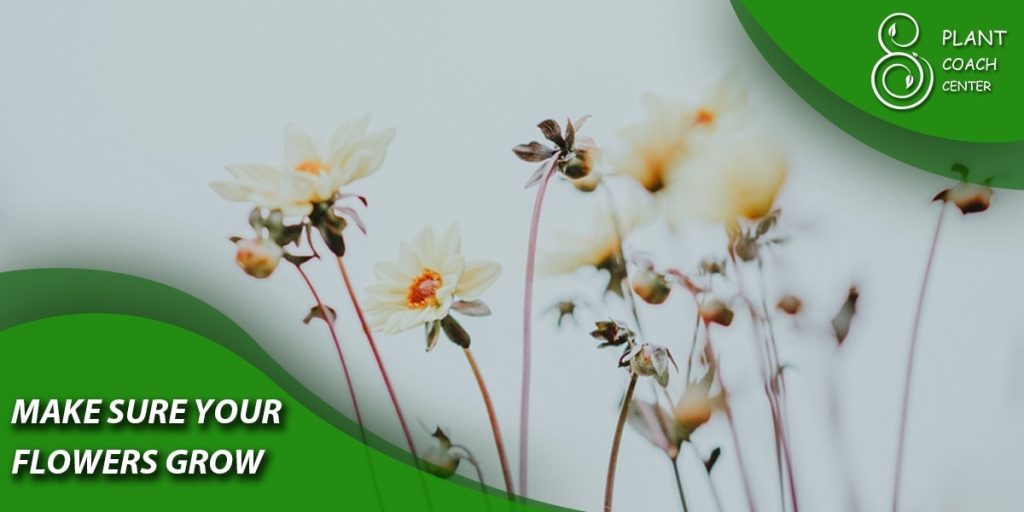
Conclusion
Planting flowers can be a fun and rewarding hobby, but timing is crucial for successful growth and bloom. By considering factors like climate, soil, and sunlight, and following appropriate planting times, you can ensure your flowers thrive. With proper maintenance and care, you can enjoy beautiful blooms all season long.
When is the best time to plant flowers?
Plant flowers in the spring after the last frost date for your region.
Can flowers be planted in the summer?
Yes, some flowers can be planted in the summer, but it's best to choose heat-tolerant varieties and provide them with proper care and watering.
Is it possible to plant flowers in the fall?
Yes, certain flowers can be planted in the fall, particularly those that are cold-tolerant, allowing them to establish roots before winter.


